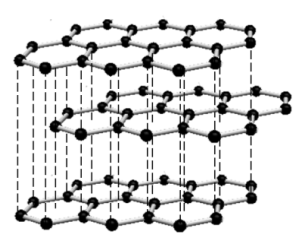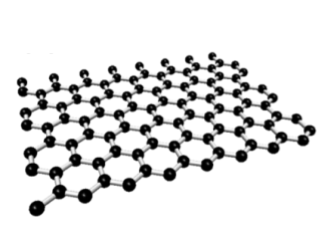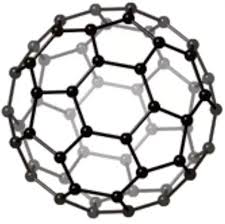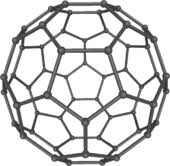Large Covalent Substances
Polymers
What you need to know:
- What a polymer is.
- How to represent a polymer
- How to name different polymers
- What a monomer is.
- How to label the repeating unit of a polymer.
- Understand how the length of a polymer affects the melting/boiling point
What is a polymer
_A polymer is lots of long covalent molecules that are made up of repeating units. _
For example:
This is a hydrocarbon, with a repeating CH2 unit. Polymers are very useful in everyday life (for making things like plastic) so that is why you’ll need to know a bit about them.
How to display polymers
Usually, polymers are a lot longer than the one above, with 100’s of repeating units.
Instead of writing out the whole displayed formula (which would take hours), we can write it in this way:
Where n is the number of times the unit repeats (for the polymer above one above, n would be 7:
Naming polymers
The name of the polymer depends on what molecules made up the polymer.
For example: lots of ethene molecules come together to form poly(ethene):
Naming polymers is easy, it’s always:
Poly(name of molecule that made it up)
Melting and Boiling point of polymers
Since polymers are large molecules, they have high melting and boiling points. The longer the chain, the higher the melting/boiling point! This is because there are more intermolecular forces to overcome between long chains than there are between short chains.
Large Covalent Substances
What you need to know:
Know what giant covalent substances are .
Know why the boiling points are so high for giant covalent substances.
Giant covalent substances are substances that have ALL of the atoms bonded by covalent bonds. For example, if you had a lump of diamond in your hand, that is just one big molecule! (This is why diamond is so precious).
In order to melt or boil giant covalent substances, you need to overcome all of the strong covalent bonds (not weak intermolecular forces). This means that giant covalent substances have very very very very VERY high melting and boiling points!
Allotropes of Carbon
What you need to know:
Know the names, structures and properties of the four main allotropes of carbon.
An allotrope is just different forms of the same element is the same state (i.e they’re all solid).
There are 4 allotropes of carbon that you’ll need to know about:
- Diamond
- Graphite
- Graphene
- Fullerenes
1. Diamond
Diamond has a VERY high melting and boiling point since there are strong covalent bonds throughout the whole structure.
2. Graphite - layers of strongly covalent structures attracted to each other though weak intermolecular forces.
- Graphite has a high melting and boiling point since the layers are held together by strong covalent structures
- Graphite is slippery since the layers can easily slide over each other.
3. Graphene - this is basically just one layer of graphene.
- Graphite is extremely strong and light since there are strong covalent bonds throughout the whole structure.
Fullerenes
Fullerenes
- Fullerenes are balls of carbon covalently bonded
- These can be used as lubricant since they can roll around between structures









